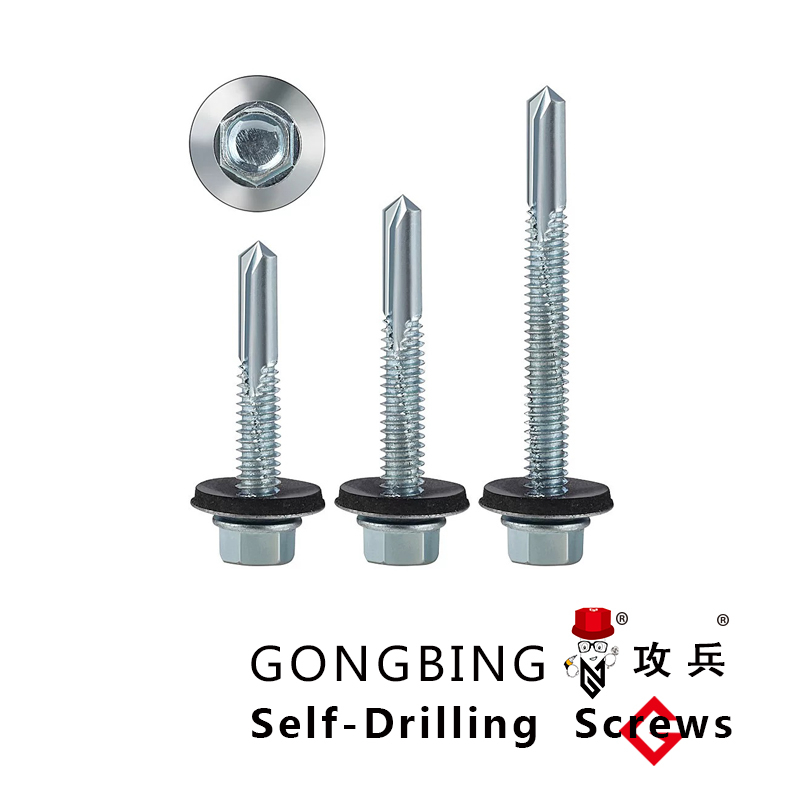double threaded bar
Understanding Double Threaded Bars Applications and Benefits
Double threaded bars, also known as double-ended studs, are versatile fasteners that play a crucial role in various construction and engineering applications. With threads on both ends, these bars are designed to facilitate fastening and anchoring operations that require strength and stability. In this article, we will explore the structure, applications, and advantages of double threaded bars, highlighting their importance in modern construction.
Structure and Design
A double threaded bar is typically a cylindrical rod with threads forged into both ends. The length of the shank, thread diameter, and pitch can vary based on specific application requirements. The double threads allow for the connection of two components, which is essential in numerous engineering projects, such as securing beams, columns, or walls.
These bars can be made from various materials, including steel, stainless steel, and even certain types of plastics for specific applications. The choice of material often depends on factors such as the load-bearing capacity needed, environmental conditions, and the type of project. Steel bars, for instance, are commonly used for their strength and durability, making them suitable for heavy-duty applications.
Applications
Double threaded bars are extensively used across multiple industries, particularly in construction, manufacturing, and automotive engineering. One of the most common applications is in structural steelwork, where they serve to connect and support structural elements. For instance, they are used in the assembly of pre-engineered buildings, wherein the bars secure beams and columns, ensuring stability and strength.
In the manufacturing sector, double threaded bars are utilized in machinery assembly and component fastening. Their ability to provide a secure grip allows manufacturers to create reliable and robust products that withstand rigorous use. Additionally, the automotive industry employs these bars to fasten parts such as engines and chassis, where strength and precision are paramount.
double threaded bar

Moreover, double threaded bars are also widely used in concrete construction
. They can be employed as anchor bolts in poured concrete, securing structures like foundations and walls. This application is vital for ensuring that buildings can withstand various stresses, especially in seismic zones or high-wind areas.Advantages
The benefits of using double threaded bars are numerous. First and foremost, their dual-thread design provides a reliable and efficient fastening solution. This feature allows for the simultaneous connection of multiple components, reducing assembly time and labor costs in construction projects.
Additionally, double threaded bars enhance adaptability in design. They can accommodate different configurations and layouts, making them suitable for various projects, from residential buildings to large-scale industrial facilities.
Their robustness is another significant advantage. With high tensile strength, double threaded bars can support substantial loads without deformation. This quality is critical in maintaining the integrity and safety of structures, especially in demanding environments.
Furthermore, maintenance is relatively easy with double threaded bars. Their durable materials often resist corrosion and wear, resulting in long-term performance with minimal upkeep. This durability translates to cost savings over time, as less frequent replacements and repairs are required.
Conclusion
In conclusion, double threaded bars are indispensable components in construction and engineering. Their unique design and robust characteristics provide reliable solutions for fastening and anchoring in a variety of applications. As the demand for strong and efficient construction methods continues to rise, the significance of double threaded bars will undoubtedly grow, supporting smarter and safer architectural designs in the future. Their versatility and efficiency make them a staple in the toolbox of engineers and builders alike, contributing to the ongoing development of modern infrastructure.
-
Weatherproof Plastic Expansion Anchors for OutdoorLabaraiJun.06,2025
-
Sustainability in the Supply Chain: Eco-Friendly TEK Screws ProductionLabaraiJun.06,2025
-
Load-Bearing Capacity of External Insulation FixingsLabaraiJun.06,2025
-
Double Head Bolts: Enhancing Efficiency in Industrial MachineryLabaraiJun.06,2025
-
Corrosion Resistance in Chipboard Screws: Coatings for Wholesale DurabilityLabaraiJun.06,2025
-
Butterfly Toggle Bolts : Enhancing Structural ResilienceLabaraiJun.06,2025
